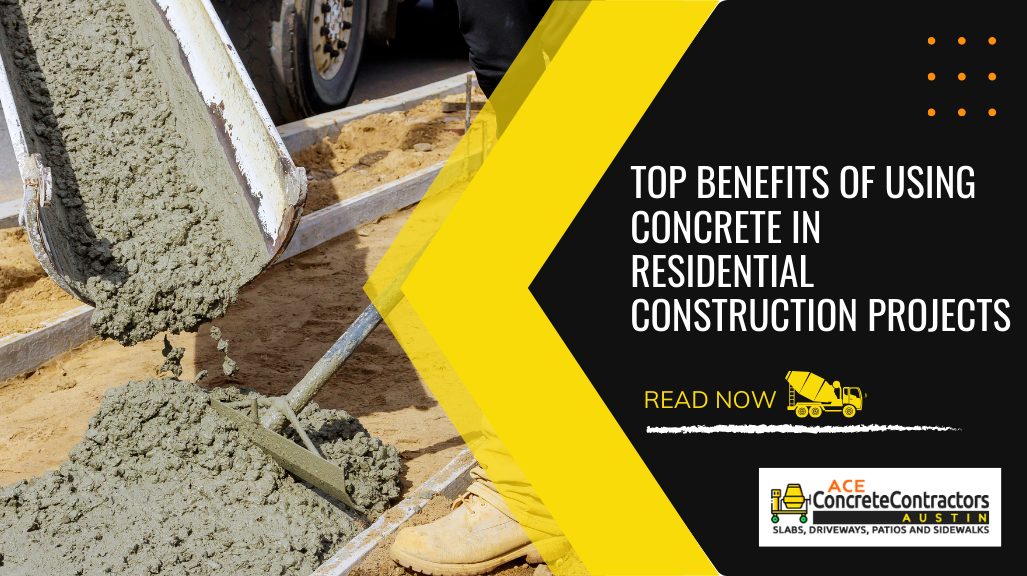
Table of Contents
When building a dream home, choosing materials can make all the difference. Enter concrete, a superhero in the residential construction world, brings many benefits to the table. Its unmatched durability ensures that homes can brave the elements and stand the test of time, while its thermal mass works wonders for energy efficiency, keeping indoor temperatures stable and utility bills low.
Concrete is not just a practical choice; it also wins points for versatility, allowing various design options to suit any architectural taste. Plus, its sound-dampening and fire-resistant qualities add layers of comfort and safety. From reducing maintenance hassles to offering design flexibility, concrete is a cornerstone in modern home construction, blending durability with design and efficiency with economy.
Let’s dive into why concrete is becoming the go-to choice for homeowners and builders alike, shaping the future of residential construction with its solid advantages.
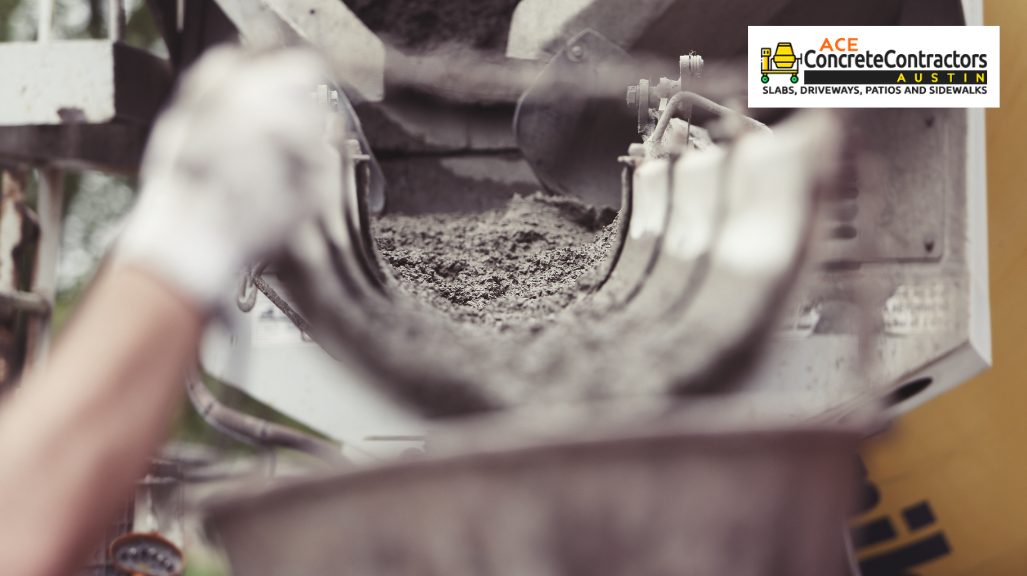
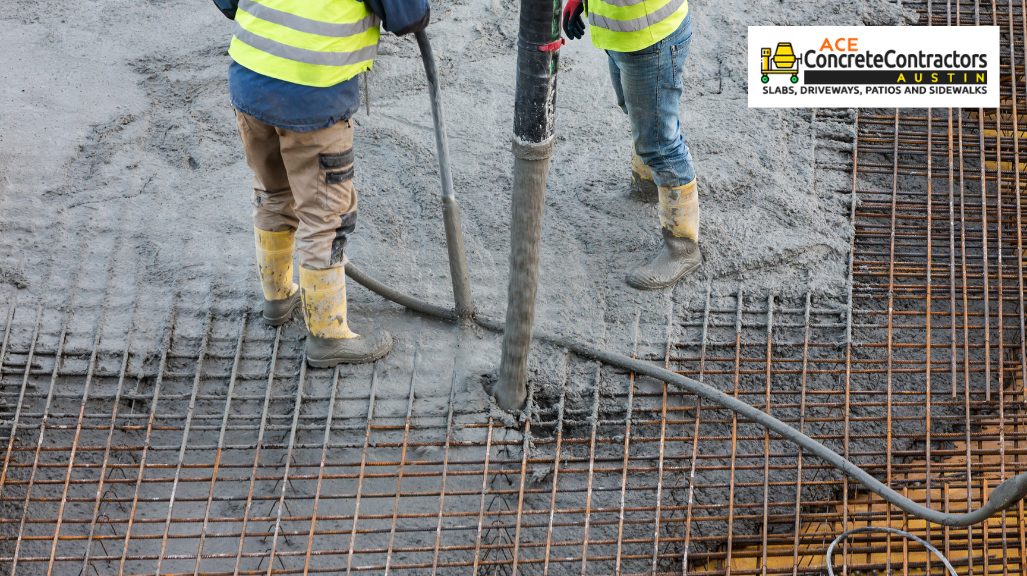
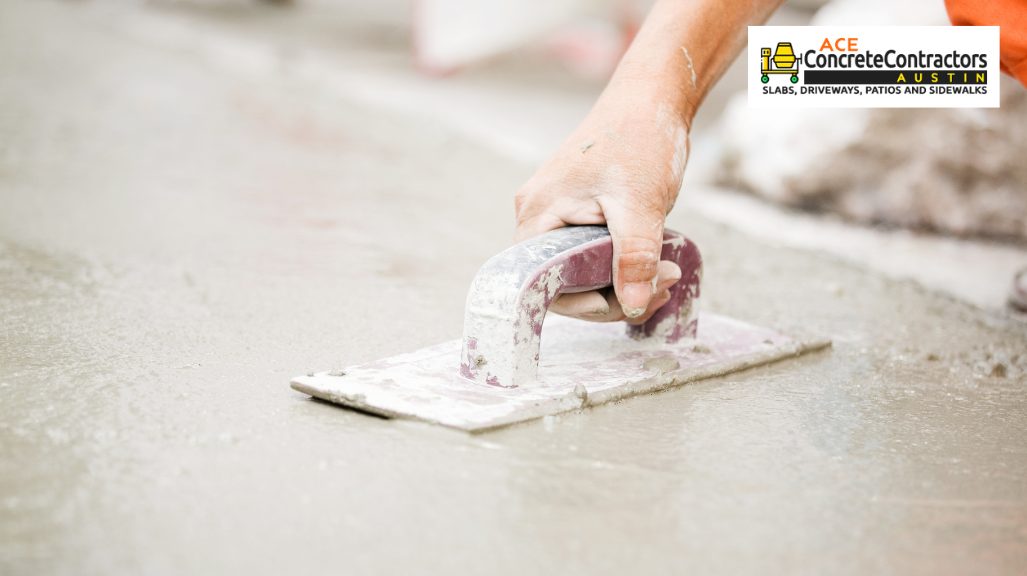

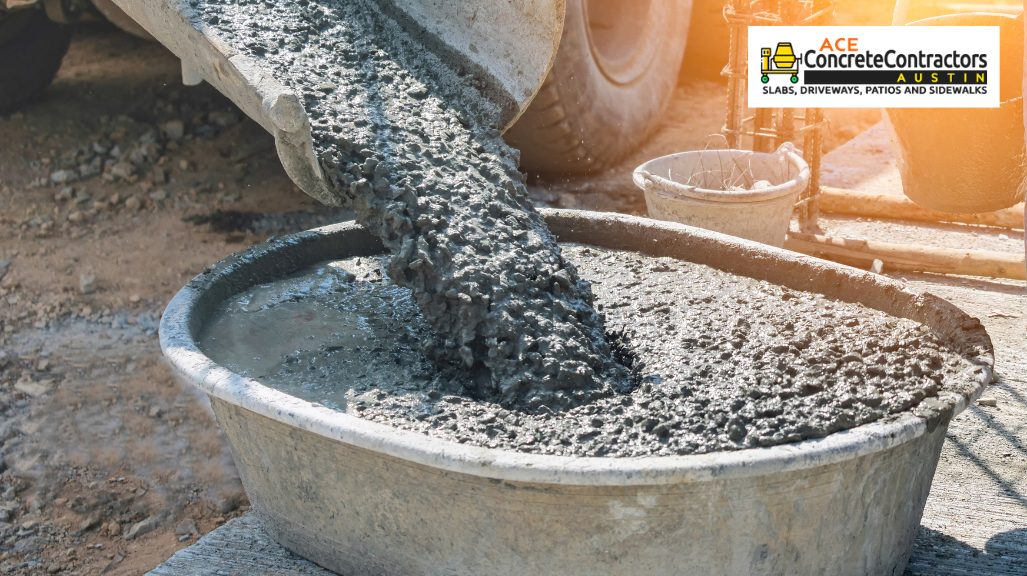
Why is concrete preferred in residential construction?
Concrete is widely favored in residential construction due to its unparalleled durability and strength, ensuring that homes can withstand harsh weather conditions and the test of time. Its robust nature offers superior protection against fires, storms, and pests, making it a safe choice for homeowners. Furthermore, concrete’s thermal mass contributes to energy efficiency in homes, maintaining more consistent indoor temperatures and reducing the need for heating and cooling.
This energy efficiency makes concrete an environmentally friendly option and leads to significant cost savings over time. Additionally, concrete offers a high degree of versatility in design, allowing for a wide range of architectural styles and finishes. This flexibility enables builders and homeowners to achieve their desired aesthetic without compromising on the structural integrity of the building.
The material’s sound-dampening properties further enhance living comfort by minimizing noise levels within the home. Given its durability, safety, energy efficiency, and design versatility, concrete stands out as a preferred material in residential construction. Its ability to meet diverse construction needs while offering long-term savings and environmental benefits aligns with the priorities of both builders and homeowners, making it a cornerstone in modern residential architecture.
Durability against weather and time
Concrete’s exceptional durability is a testament to its ability to withstand severe weather conditions and the ravages of time. Its inherent strength ensures structures remain stable and secure, offering homeowners lasting peace of mind against environmental adversities.
Superior energy efficiency for homes
Homes built with this material enjoy superior energy efficiency thanks to concrete’s thermal mass. This attribute aids in maintaining consistent indoor temperatures, thereby reducing the reliance on heating and cooling systems. The result is significantly lower energy bills and a smaller carbon footprint, aligning with the growing demand for environmentally conscious living solutions.
High fire resistance for safety
The high fire resistance of concrete significantly enhances the safety level of residential structures. This critical feature acts as a formidable barrier against the spread of fires, safeguarding not just the physical structure of homes but also providing invaluable protection to their occupants.
Low maintenance over decades
One of the most appealing aspects of concrete in residential construction is its low maintenance requirements. Unlike other materials that may necessitate frequent repairs or replacements, concrete structures endure through the years with minimal upkeep. This durability aspect translates into considerable long-term savings and convenience for homeowners, marking concrete as a remarkably cost-effective choice.
Versatility in design and application
The versatility of concrete in both design and application opens up many architectural possibilities. This flexibility ensures that builders and homeowners can realize their vision without compromising structural integrity. Concrete accommodates a wide range of preferences, from modern aesthetics to traditional designs, further cementing its popularity in residential construction.
Read More: Concrete Driveway Maintenance: Tips for Long-Lasting Durability
How does concrete enhance energy efficiency?
Concrete enhances energy efficiency in homes primarily through its thermal mass. This characteristic enables concrete to absorb, store, and release heat, leading to more stable indoor temperatures. As a result, there’s less need for heating in the winter and cooling in the summer, significantly reducing energy consumption.
The insulation properties of concrete further contribute to this efficiency, minimizing heat loss in colder months and heat gain during warmer periods. Together, these features ensure that homes built with concrete are more comfortable to live in and more cost-effective and environmentally friendly over the long term.
Insulation properties reduce heating and cooling costs.
Concrete’s insulation properties significantly lower heating and cooling expenses in residential settings. By effectively minimizing heat transfer, concrete walls, and floors help maintain a stable indoor climate — warmer during the cold months and cooler in summer heat. This thermal efficiency reduces utility bills, underscoring concrete as a cost-effective material choice for home construction.
Thermal mass moderates indoor temperatures.
The thermal mass inherent in concrete is pivotal in stabilizing indoor temperatures. Concrete’s capacity to absorb and store heat during peak sunlight hours and then gradually release it as the environment cools ensures a balanced indoor temperature. This natural regulation reduces the reliance on artificial heating and cooling systems, fostering a more energy-efficient and comfortable living environment.
What makes concrete durable?
Concrete’s durability is attributed to its resistance to various environmental factors. Unlike other materials, concrete is impervious to rot, doesn’t warp, and is resistant to pests. Its composition renders it exceptionally resilient against fire, adding a critical layer of safety to residential structures.
Moreover, concrete’s capacity to withstand severe weather conditions — ranging from intense heat to cold — ensures its longevity and maintains structural integrity over many years. This robustness against both the elements and time positions concrete as a superior choice for creating durable, enduring construction projects.
Resistance to rot, pests, and fire
Concrete’s exceptional resistance to rot, pests, and fire makes it a formidable material for residential construction. Its inherent properties prevent decay and deter pests, ensuring homes remain safe and structurally sound for decades. Furthermore, concrete’s fire-resistant nature adds a crucial layer of safety, significantly minimizing the risk of damage in the event of a fire.
Withstands severe weather conditions
Concrete’s ability to withstand severe weather conditions sets it apart as a durable building material. Concrete maintains its integrity without succumbing to temperature-induced stress and can endure everything from intense heat to extreme cold. This resilience guarantees that homes built with concrete can withstand the elements, providing long-term stability and durability.
Can concrete be versatile in design?
Concrete is celebrated for its versatility in design, offering endless possibilities in architectural styles and finishes. Its unique property of being moldable into various shapes and textures opens up a realm of creative freedom, enabling the realization of both modern and traditional aesthetics. This adaptability ensures that concrete can cater to various design preferences, making it a favored choice among architects and homeowners.
Moreover, its ability to integrate different color pigments and finishing techniques further amplifies its aesthetic appeal, demonstrating that concrete is practical and capable of achieving stunning visual effects in residential construction.
Molds into various shapes and textures
Concrete’s remarkable ability to mold into various shapes and textures showcases its unparalleled versatility. This property allows for crafting unique, bespoke designs tailored to any architectural vision. From intricate details to smooth, contemporary surfaces, concrete’s adaptability makes it ideal for achieving the specific aesthetic goals of any construction project, proving its invaluable role in the construction industry.
Suitable for modern and traditional styles
The adaptability of concrete ensures its suitability for both modern and traditional styles, making it a bridge between diverse architectural preferences. Its ability to harmonize with a broad spectrum of design aesthetics allows it to blend into any environment seamlessly. Whether providing a modern flair to new constructions or enhancing the classic beauty of renovations, concrete’s versatility ensures it remains a timeless and favored choice in residential construction, catering to the evolving tastes of homeowners and designers alike.
How does the fire resistance of concrete benefit homeowners?
Concrete’s fire resistance provides substantial advantages to homeowners, enhancing home ownership’s safety and economic aspects. Its capacity to endure high temperatures is a crucial barrier, significantly reducing fire spread. This level of protection not only ensures the safety of occupants but also helps in protecting the property from extensive damage.
Moreover, using fire-resistant materials like concrete can reduce insurance premiums, as insurers often consider such homes to be at a lower risk. Therefore, the fire resistance feature of concrete not only contributes to a safer living environment but offers potential financial benefits, making it a preferred material in residential construction.
Provides longer evacuation time during fires
Concrete’s fire resistance notably increases evacuation time during fires, providing occupants with a vital window to exit the building safely. This extended period can significantly enhance residents’ safety, showcasing concrete’s indispensable role in improving emergency response measures in residential settings.
May lower insurance premiums
Utilizing concrete in construction can lead to reduced insurance premiums, as insurers recognize its fire-resistant qualities as lowering the overall risk profile of the property. This recognition often translates into tangible financial benefits for homeowners, offering savings that can accumulate significantly over the life of their home.
What aspects make concrete low maintenance?
Concrete’s low maintenance qualities are primarily due to its resistance to standard forms of deterioration. Unlike materials such as wood or metal, concrete does not suffer from rotting, rusting, or the need for regular repainting. This robustness significantly reduces the upkeep required to maintain its condition over time.
Moreover, its stain-resistant surface minimizes the need for frequent cleaning or refinishing, further easing the maintenance burden on homeowners. These attributes ensure that concrete structures remain durable and aesthetically pleasing with minimal effort, resulting in notable time and cost savings. Concrete’s practicality and economic efficiency make it an attractive option for residential construction, offering long-lasting value with very little maintenance.
Resists stains and does not require repainting
Concrete’s stain-resistant surface significantly diminishes the need for regular cleaning or specialized treatments, maintaining its aesthetic appeal with little effort. Furthermore, its lack of necessity for repainting sets it apart from materials like wood or metal, which require periodic maintenance to preserve their appearance. This characteristic ensures that concrete structures remain visually appealing over time with minimal maintenance.
Minimal upkeep compared to wood or metal
Compared to wood, which is susceptible to warping and rotting, and metal, which can rust, concrete stands out for its minimal upkeep. Its inherent resistance to environmental damage and physical wear means that concrete structures maintain their condition far longer without needing ongoing repairs or treatments. This durability translates into considerable savings in time and maintenance costs for homeowners, highlighting concrete’s practicality and cost-effectiveness in residential construction.
Frequently Asked Questions
What are the primary advantages of using concrete in home building?
Concrete offers exceptional durability, energy efficiency, and fire resistance, making homes safer and more sustainable. This material also reduces noise significantly, enhancing living comfort.
How does concrete contribute to energy efficiency in residential construction?
Concrete’s thermal mass helps stabilize indoor temperatures, reducing the need for heating and cooling. This characteristic leads to lower energy consumption and cost savings over time.
Can concrete enhance the fire safety of residential buildings?
Yes, concrete possesses inherent fire-resistant properties, slowing the spread of flames and providing more time for evacuation. This material significantly improves a home’s safety in a fire.
What role does concrete play in reducing maintenance costs for homeowners?
Due to its durability and resistance to rot, pests, and mold, concrete requires less maintenance than other building materials, leading to long-term savings for homeowners.
How does using concrete in residential construction impact the environment?
Concrete’s longevity and energy efficiency contribute to reduced environmental impact. Its ability to be recycled further minimizes waste, making concrete a more sustainable choice for residential construction.
